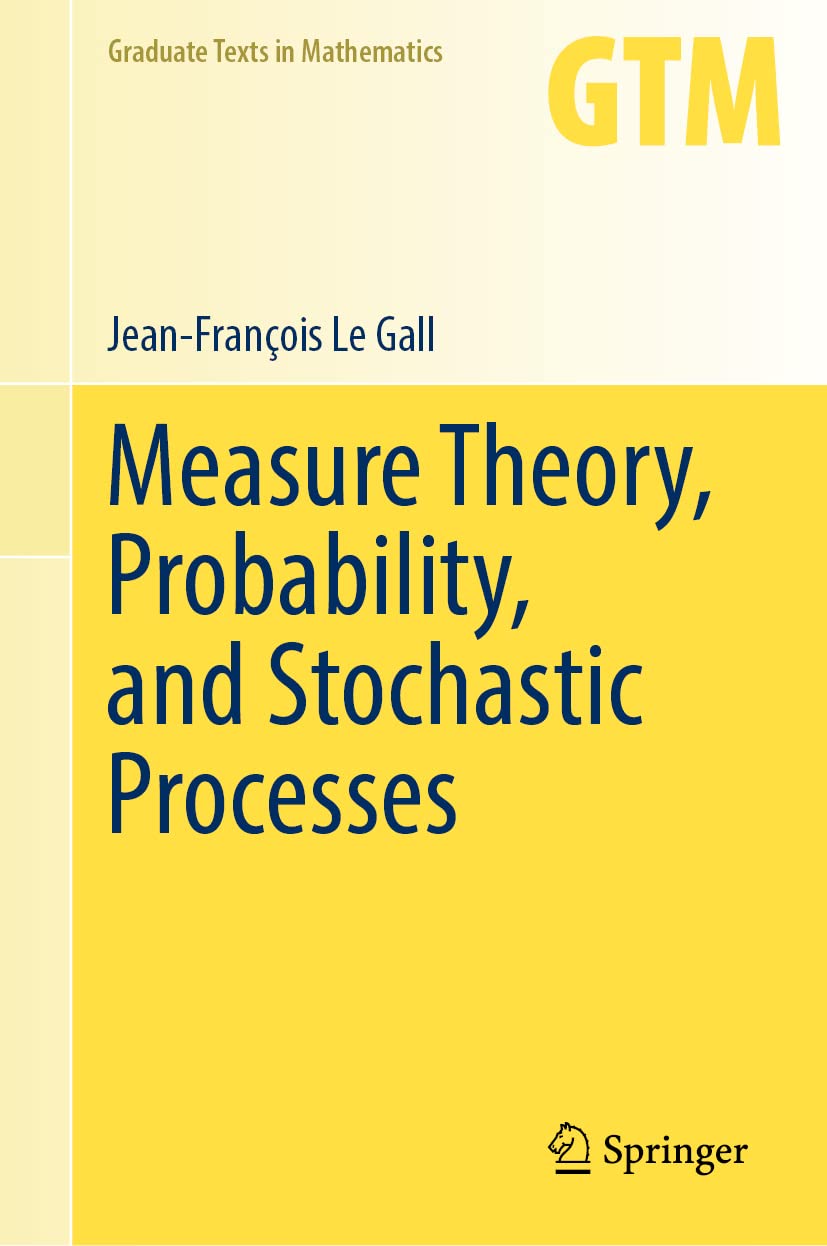

Most ebook files are in PDF format, so you can easily read them using various software such as Foxit Reader or directly on the Google Chrome browser.
Some ebook files are released by publishers in other formats such as .awz, .mobi, .epub, .fb2, etc. You may need to install specific software to read these formats on mobile/PC, such as Calibre.
Please read the tutorial at this link: https://ebookbell.com/faq
We offer FREE conversion to the popular formats you request; however, this may take some time. Therefore, right after payment, please email us, and we will try to provide the service as quickly as possible.
For some exceptional file formats or broken links (if any), please refrain from opening any disputes. Instead, email us first, and we will try to assist within a maximum of 6 hours.
EbookBell Team

0.0
0 reviewsMathematics Subject Classification: 60-01 Introductory exposition (textbooks, tutorial papers, etc.) pertaining to probability theory • 60G07 General theory of stochastic processes • 28-01 Introductory exposition (textbooks, tutorial papers, etc.) pertaining to measure and integration
This textbook introduces readers to the fundamental notions of modern probability theory. The only prerequisite is a working knowledge in real analysis. Highlighting the connections between martingales and Markov chains on one hand, and Brownian motion and harmonic functions on the other, this book provides an introduction to the rich interplay between probability and other areas of analysis.
Arranged into three parts, the book begins with a rigorous treatment of measure theory, with applications to probability in mind. The second part of the book focuses on the basic concepts of probability theory such as random variables, independence, conditional expectation, and the different types of convergence of random variables. In the third part, in which all chapters can be read independently, the reader will encounter three important classes of stochastic processes: discrete-time martingales, countable state-space Markov chains, and Brownian motion. Each chapter ends with a selection of illuminating exercises of varying difficulty. Some basic facts from functional analysis, in particular on Hilbert and Banach spaces, are included in the appendix.
Measure Theory, Probability, and Stochastic Processes is an ideal text for readers seeking a thorough understanding of basic probability theory. Students interested in learning more about Brownian motion, and other continuous-time stochastic processes, may continue reading the author’s more advanced textbook in the same series (GTM 274).